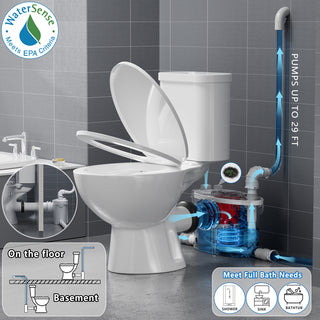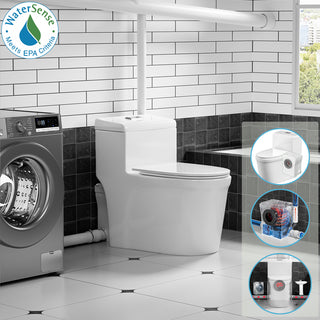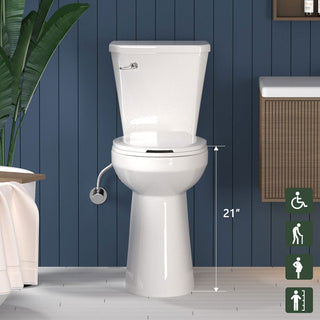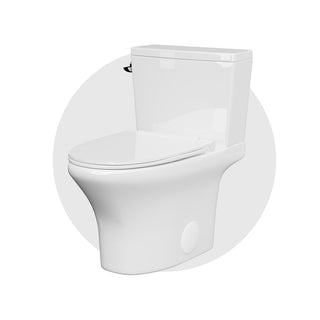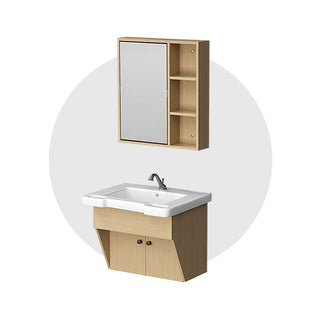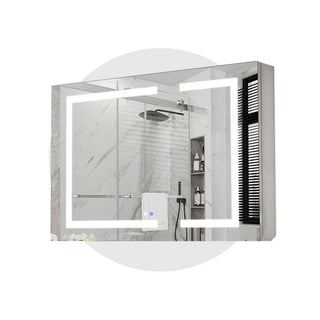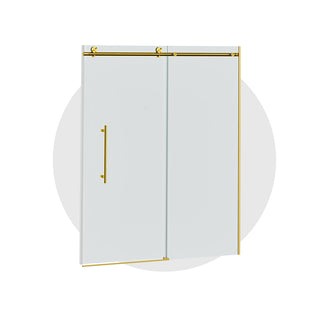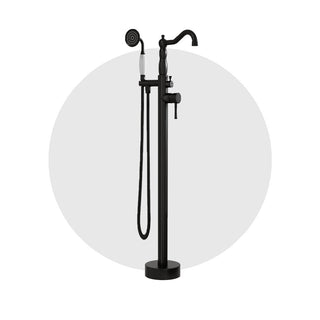The level of the water level in the toilet bowl (water seal area and water seal height) not only affects the effectiveness of the flush, but is also closely related to a number of other aspects, such as efficacy of the discharge, odor control, and sanitation.
The proper water level is critical to the proper functioning of the toilet bowl, and the standard water seal area is 35-63 square inches with a water seal height of no less than 2 inches.
So what happens when there is too much or too little water in the toilet bowl? What factors can affect the amount of water in the toilet bowl? How do you adjust the water level in the bowl? This article will answer all of these questions for you!
What does too much water in the toilet bowl lead to? Can you think of an answer? Let's reveal it together~
The obvious problem with a toilet with a high water level is that water can splash out when a person goes to the toilet, thus causing hygiene problems. Moreover, a high water level will cause the amount of water consumed per flush to exceed the design demand, increasing the cost of water and not meeting the water conservation requirements.
To add insult to injury, chronically high water levels can increase the pressure on internal parts of the tank (e.g. float valves), accelerating their wear and tear. The risk of overflow can lead to property damage in severe cases.
And conversely what can go wrong if there is too little water in the toilet bowl?
The obvious problem with a toilet with too little water is that dirt will get on the inside rim of the bowl and it will lead to insufficient flushing power, which will most likely not be able to effectively push dirt into the pipes, leading to poor drainage or even clogging. Toilet usually use the siphon effect of flushing dirt, the water level is too low will affect the siphon effect, so that the sewage efficiency is reduced.
After discussing the problems that can be caused by too much or too little water in the toilet bowl, we next analyze one of the factors that affects the height of the water level in the bowl: the way the toilet is drained.
Drainage method is a key design factor in determining the height of the water level in the toilet bowl. There is a significant difference in the water seal height between a floor-draining toilet (usually a siphon design) and a back-draining toilet (mostly a P-shaped design).
Floor-discharge toilets (higher water seal height)
Floor-discharge toilets usually work on the siphon principle, and their water seal height is determined by the design of the siphon pipe. The siphon pipe is shaped like a “U”, and the drainage and water seal is regulated by the pressure difference during flushing. When the water released from the tank rapidly fills the siphon, a negative pressure is created, sucking dirt out of the drain and adjusting the height of the water seal. Since the siphon action depends on a certain pressure difference, the water seal height of the siphon floor drain toilet is relatively high, which can effectively isolate odors and keep the bathroom environment fresh.
Rear-discharge toilet (lower water seal height)
Rear drains (usually designed with a P-drain) do not create a pressure differential like a siphon, but instead utilize the gravity of the water flow to push dirt out. the P-drain's design characteristics dictate that the water seal height is low, and is usually shallower than that of a siphon floor-drain toilet. However, even so, the water seal height of these toilets still meets the standard, and can function as a barrier to odors and drainage, but may not be as good as the siphon design in terms of water seal performance.

And how do you adjust the height of the water level in the bowl?
Back-draining toilet (P-design): the height of the water level in the bowl is fixed, determined by the structure of the drain, and cannot be adjusted by adding additional water.
Ground-draining siphon toilet: use the pressure difference to adjust the water level, can be adjusted through the tank refill pipe to adjust the amount of refill water to change the water level in the bowl.
Method: Check the refill pipe aligned with the refill port in the bowl, and adjust the flow of the refill valve.

No matter which type of toilet you choose, a reasonable water level height not only enhances the flushing effect, but also effectively isolates odors and protects the cleanliness and comfort of your bathroom. If you have more questions about toilet design or maintenance, welcome to follow our blog for more practical information!


